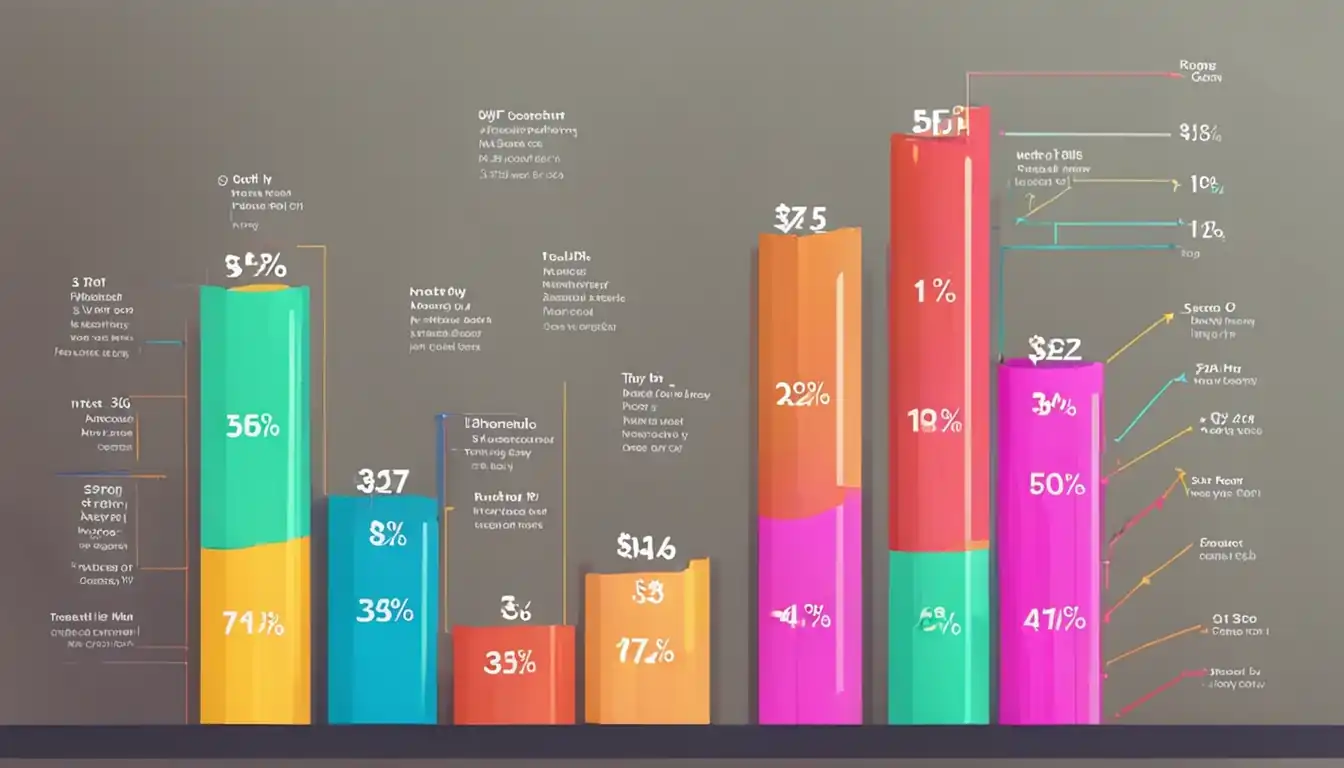SEO Content Length Best Practices

When it comes to SEO, content is king. But how long should your content be to reign supreme in the search engine results? In this post, we'll dive into the best practices for SEO content length. From understanding why size matters to crafting the perfect article length, we'll cover it all.
Understanding SEO Content Length
Why Content Length Matters in SEO
In the world of SEO, content length plays a crucial role in determining the success of a webpage. Longer content tends to perform better in search engine rankings for several reasons:
- Depth of Information: Longer content allows for more in-depth coverage of a topic, providing value to readers and search engines.
- Keyword Optimization: With more words, there are more opportunities to naturally incorporate relevant keywords and phrases.
- Engagement: Longer content has the potential to keep users on a page longer, signaling to search engines that the content is valuable.
How Search Engines Analyze Content Size
Search engines like Google use complex algorithms to determine the quality and relevance of content. When it comes to content length, search engines consider:
- Word Count: While there is no strict rule on word count, longer articles typically perform better. Aim for at least 300 words for blog posts and 1000 words for comprehensive guides.
- User Intent: Search engines prioritize content that matches user intent. Longer content often provides more comprehensive answers to user queries.
- Engagement Metrics: Search engines analyze metrics like bounce rate, time on page, and social shares to gauge the quality of content. Longer articles tend to have higher engagement rates.
Remember, while longer content is generally favored by search engines, quality should always be the top priority. Focus on creating valuable and engaging content that meets the needs of your audience.
Crafting the Perfect Article Size

When it comes to creating SEO content, one of the key considerations is the length of the article. Finding the perfect balance between providing valuable information and keeping readers engaged is crucial for a successful content strategy.
Ideal Length for Blog Posts
Blog posts are a popular form of content that can drive traffic to your website and establish your authority in your industry. The ideal length for blog posts can vary depending on the topic and audience, but generally, longer articles tend to perform better in terms of SEO.
Key Points:
- Aim for blog posts that are at least 1000 words long to provide in-depth information.
- Longer blog posts (around 2000 words or more) tend to rank higher in search engine results.
- Break up longer posts with subheadings, bullet points, and images to improve readability.
Optimal Length for Service Pages and Product Descriptions
Service pages and product descriptions are essential for converting visitors into customers. When creating content for these pages, it's important to strike a balance between providing enough information to inform potential customers without overwhelming them with too much text.
Key Points:
- Service pages should be concise yet informative, typically ranging from 300-500 words.
- Product descriptions should include relevant details such as features, benefits, and specifications within 100-300 words.
- Use clear headings, bullet points, and images to make the content easy to scan for busy shoppers.
In conclusion, when crafting SEO content, consider the purpose of the page or post and tailor the length accordingly. By following these best practices for article size, you can create engaging content that resonates with your audience and boosts your search engine rankings.
Sector-Specific Recommendations
When it comes to SEO content length, different sectors may require different approaches. Here are some sector-specific recommendations to keep in mind:
Adjusting Length for Technical Topics
For technical topics, such as software development or engineering, longer-form content tends to perform better. This is because these topics often require more in-depth explanations and detailed information. Aim for articles that are at least 1,500 words or more to fully cover the topic and provide value to readers.
Tailoring Size for Lifestyle and Entertainment Content
On the other hand, lifestyle and entertainment content typically does not require as much detail as technical topics. Shorter articles ranging from 500-800 words can be more effective in these sectors. Readers are often looking for quick, digestible information on trends, fashion, or celebrity news. Keep the content concise and engaging to cater to this audience effectively.
Balancing Quality with Quantity
In the world of SEO content, finding the right balance between quality and quantity is crucial. While it's important to have enough content to provide value and information to your readers, it's equally important to ensure that the quality of that content remains high.
Ensuring Depth without Overwhelming Readers
When determining the length of your SEO content, it's essential to consider the depth of information you're providing. While longer articles tend to perform better in search engine rankings, it's important not to sacrifice quality for quantity.
Key Points:
- Aim for a minimum of 300 words for blog posts and articles.
- Longer content (1500+ words) tends to rank higher in search results.
- Break up longer pieces with subheadings, bullet points, and images to improve readability.
Techniques to Maintain Reader Engagement
To keep readers engaged with longer content, consider implementing techniques such as storytelling, case studies, and interactive elements. By incorporating these elements into your writing, you can maintain reader interest and encourage them to stay on your page longer.
Tips for Maintaining Reader Engagement:
- Use relevant examples and case studies to illustrate key points.
- Incorporate visuals like infographics or videos to break up text.
- Encourage interaction through polls, quizzes, or surveys within the content.
By finding the right balance between quality and quantity in your SEO content, you can create engaging pieces that not only rank well in search results but also keep readers coming back for more.
Advanced Strategies for Content Length Optimization

Using Analytics to Determine Effective Content Length
In the world of SEO content writing, data is king. By utilizing analytics tools such as Google Analytics or SEMrush, you can track the performance of your content based on its length. Look at metrics like bounce rate, time on page, and conversion rates to determine the optimal content length for your target audience.
Key Points:
- Analyze user behavior metrics to gauge the effectiveness of different content lengths.
- Use A/B testing to compare the performance of shorter versus longer content.
- Consider the industry standards and competitors' content lengths for benchmarking.
Adapting to Changing SEO Trends
SEO trends are constantly evolving, and so should your approach to content length optimization. Stay updated with the latest algorithm changes from search engines like Google and adjust your content strategy accordingly. Keep an eye on industry best practices and be willing to experiment with different content lengths to see what works best for your specific audience.
Key Points:
- Monitor SEO news and updates regularly to stay ahead of algorithm changes.
- Be flexible in adapting your content strategy based on new trends.
- Test different content lengths to find the optimal balance between user engagement and SEO performance.
"Adapting to changing SEO trends requires a proactive approach and a willingness to experiment with different strategies."
Conclusion
By following these best practices for SEO content length, you can ensure that your content not only ranks well in search engines but also engages and informs your audience. Remember, quality always trumps quantity, so focus on creating valuable and relevant content that resonates with your readers. And don't forget to keep an eye on changing SEO trends to stay ahead of the game.